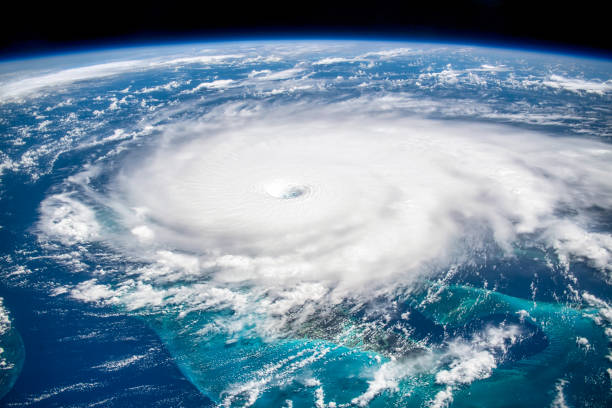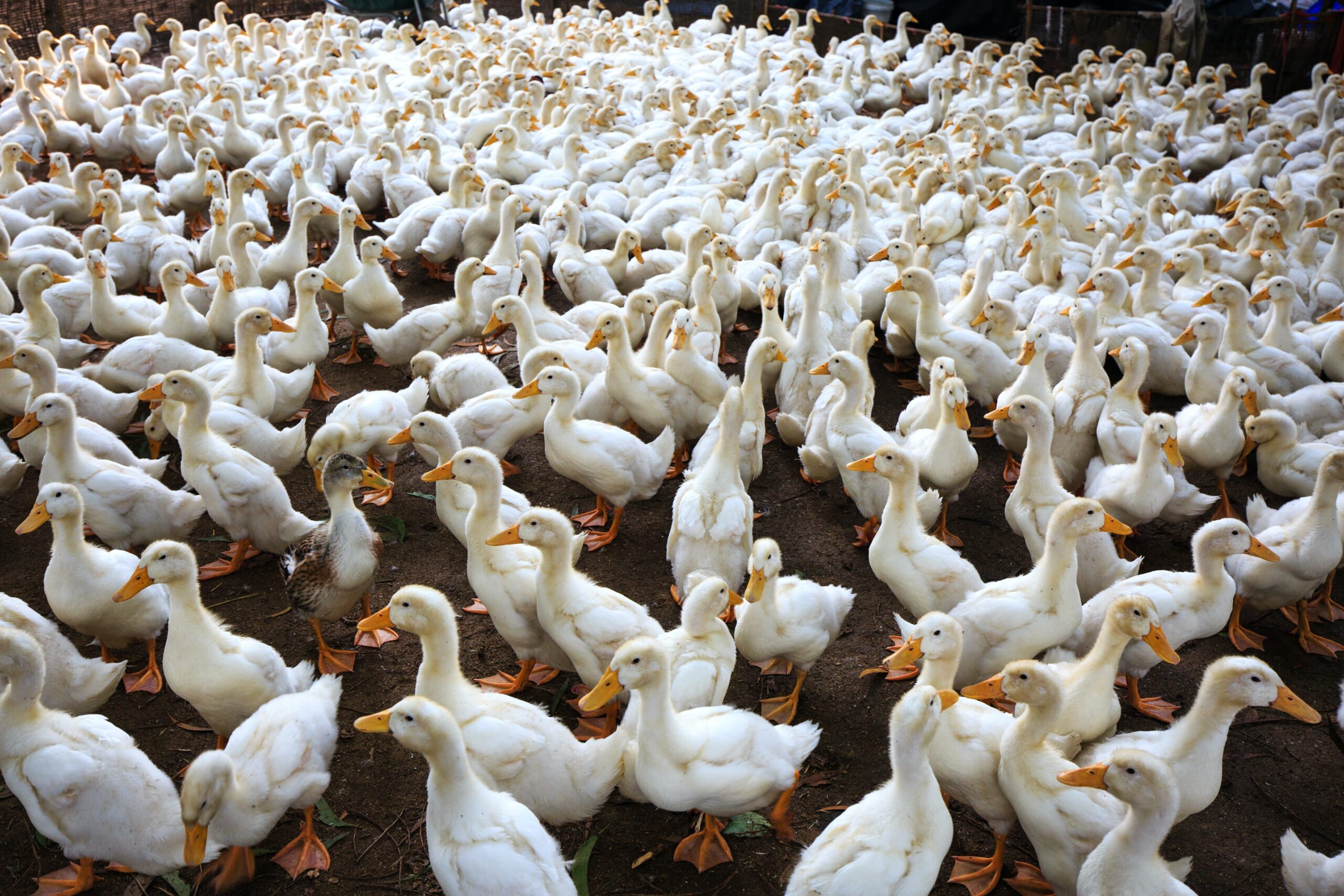Avian Influenza
As noted before, avian influenza is a disease of birds caused by one of many different subtypes of avian influenza virus, including H5N1. Avian influenza infections in birds may be high pathogenicity (HPAI) or low pathogenicity (LPAI). Some types of the H5N1 virus behave as high pathogenicity strains.
Bird Flu
The term “Bird Flu” has been used to refer to the disease in birds, but lately it’s also been used to describe H5N1 infections in humans. Although hundreds of millions of wild birds and poultry in over 60 countries have been infected with HPAI H5N1, infection in humans is quite rare. When human infection does occur it is through close contact with sick or dead poultry, and the disease in humans is often fatal. Worldwide, there have been 628 cases of confirmed HPAI H5N1 infections in humans and 374 people have died of the disease. The World Health Organization keeps an up-to-date count of human infections and deaths caused by HPAI H5N1. Indonesia and Vietnam have had the highest infection and death rates from HPAI H5N1.
So far, the HPAI H5N1 virus has shown little or no ability to be transmitted from one human to another. Almost all the investigations of human cases have shown that infection occurred through direct handling of infected poultry, consumption of uncooked poultry products, or contact with virus-contaminated surfaces or materials including feathers. Occasionally more than one person in a household has been infected with HPAI H5N1 and, in those cases, it is possible that person-to-person transmission may have occurred.
- Centers for Disease Control and Prevention – Summary of Avian Influenza Infection in Humans
Pandemic Flu
A pandemic is an outbreak of a disease that occurs in many different countries at the same time. An epidemic is an infectious disease that spreads very rapidly. Pandemic influenza is a global epidemic of influenza that occurs when a new influenza A virus appears in humans and then spreads easily and rapidly from person-to-person worldwide.
The current outbreak of avian flu among poultry in Asia, parts of Europe, the Middle East, and Africa is a source of growing concern among public health officials. The HPAI H5N1 virus infection in humans has characteristics similar to the HPAI H1N1 virus that caused the 1918 “Spanish Flu” pandemic.






